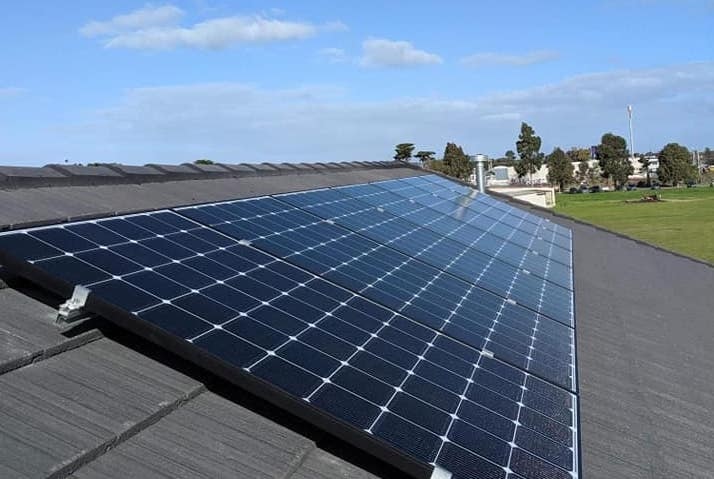Summer brings with it longer days and more sunshine, making it the peak solar season. According to a research by CSIRO Energy Centre, the amount of solar energy that can be generated on a clear summer day is almost double the amount in winter. In fact, even a cloudy day in summer could generate more energy output than a clear day in winter.
Here are some tips to help you maximise your solar energy as much as possible during the hotter months:
Monitor your energy usage
The first thing you should do is to check and understand your current electricity consumption and usage. One way to do this is through online monitoring systems, which, when used together with a smart meter, can not only show you the real-time data of your household electricity consumption, but also your solar energy production and the amount of excess solar power being fed back to the grid. Once you’ve understood your energy usage, you can make better decisions on how to make the most out of your solar power.
Which leads to…
Plan your energy usage
Knowing when to use what can make all the difference in your bills. Some of the most energy intensive household appliances include the washing machine and dishwasher. Where possible, it is highly recommended that you run these appliances during the day, when the sun is shining.
Pre-cool your home
Air conditioning accounts for a huge part of the average Australian electricity bills, so it is worth timing your usage so that the air conditioner can be run on solar power. For example, if you’re at work during the day and want to be able to enjoy a cool home when you return, set your air conditioner to start in the afternoon. This way, your home should be nice and comfortable by the time the sun goes down and you won’t need to keep it on through the night.
Run your pool on solar
Another energy-intensive and cost-consuming asset is swimming pools. The energy costs of running a swimming pool range from around $800 to $1200 a year. If you have a pool in your backyard, make sure it is powered by your solar PV system, and try to set the pool pump to run between 10am and 3pm or the middle of the day, when your system is generating the most solar energy.
Check on your solar system
The last thing you’d want is to have a broken down solar system during summer and not know about it. Regularly check that your solar system is functioning well, paying attention to the status lights on the inverter and the display panel for any error messages or notable changes in your solar output. Check if anything is hindering your panels from receiving the maximum amount of sunshine, such as overgrown trees, dirt, or even bird droppings.
We also recommend that you get your solar system checked and serviced by an accredited commercial solar installer or licensed electrician regularly, to keep it operating correctly, efficiently, and safely.
Add a solar battery
As mentioned at the beginning of this article, your solar system is most productive during summer, and will produce a lot more energy compared to the other seasons of the year. Instead of sending the excess solar energy produced back to the grid, consider adding a battery to your solar system so you can store that excess energy. You can then use the stored energy later in the day, minimising the amount of power you’d otherwise need to buy from the grid.
Total Solar Solutions are a LG Platinum Authorised Energy Specialist, and we provide high quality LG solar panel installations and LG Chem battery in Melbourne.
To find out more about solar batteries and how they can help you make the most out of your solar systems, speak to Total Solar Solutions today.


